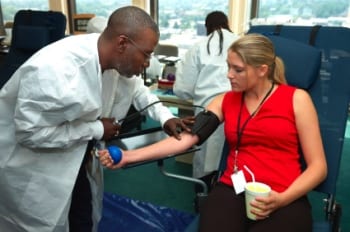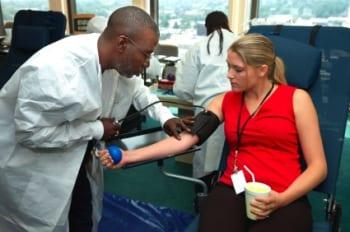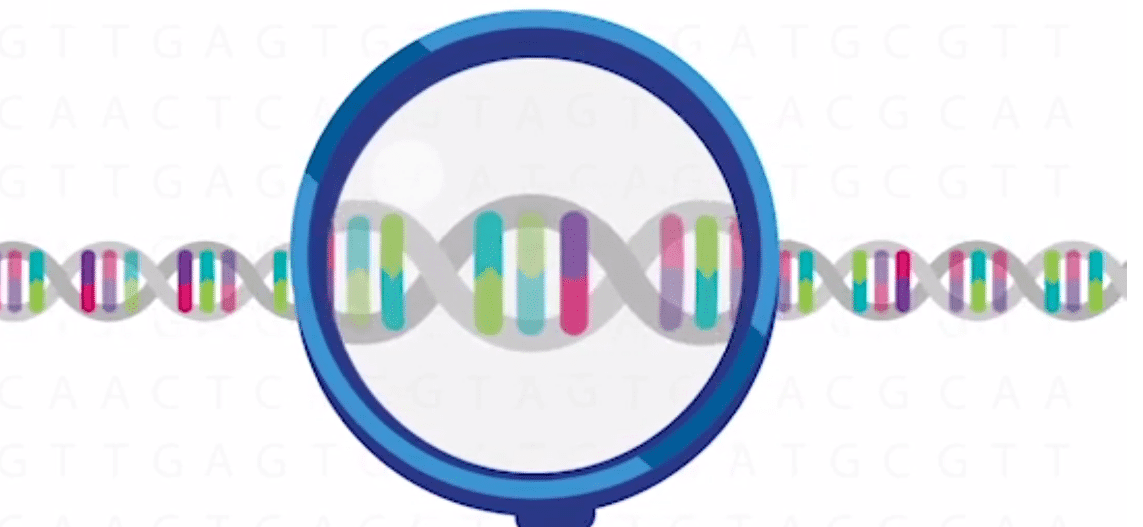
Editor’s note: This post has been edited to reflect the current product.
When it comes to blood transfusions, what’s good for one person might be deadly for another.
This might seem obvious today, but until 1900 the idea of “blood types” wasn’t understood. A person in need of a transfusion could find himself getting a donation from just about anyone, and sometimes even an animal!
But in 1900 Austrian scientist Karl Landsteiner noticed that when the blood of different people was mixed together the cells would often clump up, a process he correctly attributed to an immune reaction between the two blood samples. By the next year he had used this clumping reaction to define three main types of blood, which he named A, B and O. (The fourth blood type, AB, was identified in 1902 by two other scientists, Decastello and Struli.)
After hundreds of years of performing blood transfusions unguided, scientists finally had what they needed to safely transfer blood between people. In 1907, the first blood transfusion utilizing the new typing techniques was successfully carried out, and by World War I transfusions were being performed safely on a large scale.
But knowing what blood to give someone and having it on hand are two different things.
Blood banks are faced with the daunting task of making sure there is enough blood of the right type for everyone who needs it at all times. Blood type O, the “universal donor,” tends to be overused. This presents a problem for the approximately 40% of Americans are type O and thus can receive only this type in a transfusion. If supplies run low, their lives could be in danger. At the same time, donated blood with the rare B and AB types can sit unused for so long that it becomes outdated and must be discarded.
One solution to managing the blood supply would be to transform all blood into type O, thus making it suitable for everyone. In the early 1980’s scientists found a way to do this using an enzyme from coffee beans that could strip certain sugars off of type B blood cells. Clinical trials showed that this method was safe and effective, but the method itself was too time consuming and costly to ever be of clinical use. New research, however, has identified bacterial enzymes that can carry out this same process more efficiently. Research with this new method is still in progress.


